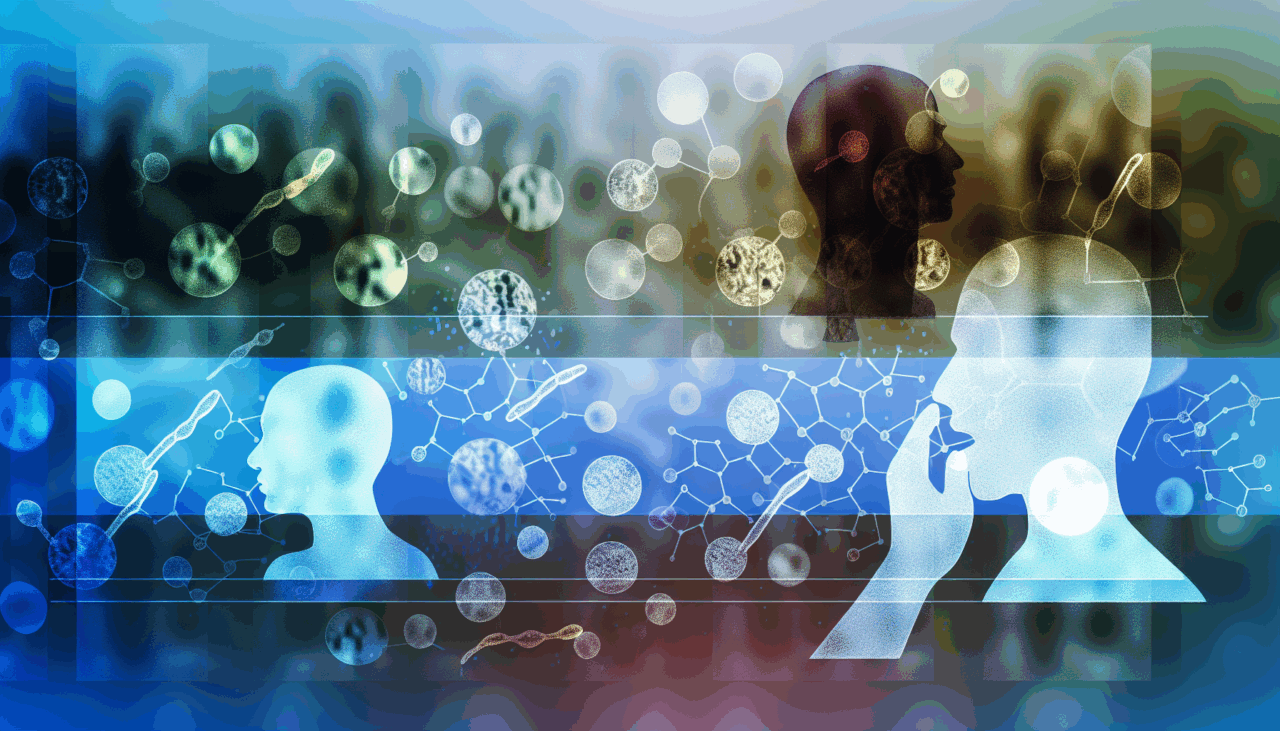Introduction to Autism and Diagnosis Age
An international study has revealed significant genetic differences in autism based on the age of diagnosis, challenging the notion of a single cause or “epidemic” of autism. Autism, a condition affecting approximately one in every 100 people, is not a disease but a spectrum with varying intensities and manifestations. This variability means that not everyone discovers their condition at the same age. While autism can be detected as early as 18 months, the average age of diagnosis in Spain is five and a half years, with many individuals only discovering it in adulthood. This delay is partly due to the observational nature of the diagnosis and the varying degrees of the condition. However, new findings suggest that genetic differences also play a role.
Genetic Insights from the Study
The study, led by researchers from the University of Cambridge and published in the scientific journal Nature, analyzed behavioral data from childhood and adolescence in the UK and Australia, as well as genetic data from over 45,000 autistic individuals from large cohorts in Europe and the United States. It identified distinct genetic patterns between those diagnosed in early childhood and those diagnosed later. These patterns appear to be hereditary, indicating that children may inherit not only the disorder from their parents but also an approximate age at which it manifests.
Varun Warrier, a neurologist at the University of Cambridge and the study’s lead author, expressed surprise at the wide genetic variation between age-stratified profiles at the time of diagnosis. The study found that children diagnosed before the age of six were more likely to exhibit behavioral difficulties from early childhood. In contrast, late-diagnosed autism often accompanies other mental health issues, such as depression, with a genetic profile closer to ADHD or PTSD than early-diagnosed autism.
Implications of the Findings
Uta Frith from University College London summarized the study’s findings, emphasizing that autism is not a unitary condition. The study demonstrates that children diagnosed early and those diagnosed later constitute two very different subgroups. Frith suggests that these results should influence the current public debate, which often links autism to a single cause, such as acetaminophen, without sufficient scientific evidence. She argues that it’s time to recognize autism as a collection of different conditions, prompting the question: What type of autism are we discussing?
Warrier highlights the multifactorial nature of autism and the mental health issues that often accompany it, suggesting a complex interplay between genes and the environment. Factors such as inadequate support and social isolation can influence the condition, explaining why some cases are diagnosed later. Children with subtle symptoms may have their clinical characteristics altered by environmental factors as they grow, leading to a diagnosis later in life.
Challenges in Establishing Causality
Raúl Menéndez, a biochemist from the IRB Barcelona, notes the difficulty in demonstrating causality with studies based solely on correlations without further validation. Menéndez recently led a study that discovered a genetic mechanism potentially explaining a significant percentage of autism spectrum disorders. He contrasts his mechanistic approach with the current study’s bioinformatic analysis, which focuses on the association of genetic variants with severity and age of diagnosis.
Autism is a broad term encompassing many differences within the neurodevelopmental disorder, but clear ways to distinguish these differences remain limited. Social factors can influence the age of detection, with experts noting that autism is often underdiagnosed in women. A study published in JAMA Network Open found that men are approximately three times more likely than women to receive an autism diagnosis. While the characteristics of autism are the same for boys and girls, the external manifestation differs, with girls learning to mask their behaviors to fit in socially, leading to later diagnoses.
The Role of Genetics in Diagnosis Age
While social factors have been linked to the age of diagnosis, the role of genetics has not been thoroughly studied. According to the study’s authors, this research is among the first to do so. Common genetic variants may explain about 11% of the variation in the age of autism diagnosis, a figure comparable to or higher than most other evaluated factors, such as concurrent language delays, intellectual disability, sex, parental socioeconomic status, and environmental deprivation.
Rising Autism Diagnoses and Future Directions
Autism diagnoses have been rising for years. A 2019 study by the Pompeu Fabra University in Barcelona observed an increase in diagnosis incidence from 0.07% to 0.23% between 2009 and 2017, more than tripling new cases annually. This increase does not necessarily indicate a rise in cases but rather improved detection due to greater awareness. Many new cases are diagnosed in young people and adults, with autism diagnosis rates among adults aged 26 to 34 growing by approximately 450% in the last decade. Understanding the reasons for this increase and differentiating between the various forms of autism within the spectrum is a challenge for scientists. Addressing this disorder and countering scientific populism, which links autism to vaccines or Tylenol use during pregnancy without solid evidence, are critical tasks.
The study’s findings suggest that autism diagnosed at different ages may reflect distinct developmental trajectories, providing a clearer understanding of the variation within this condition. These insights could guide future research and support strategies. In the future, we may speak of “autisms” rather than a single autism. The authors conclude that more research on genetic diversity is needed to understand the condition fully.
🔗 **Fuente:** https://elpais.com/salud-y-bienestar/2025-10-01/el-hallazgo-de-diferencias-geneticas-en-el-autismo-segun-su-edad-de-diagnostico-refuerza-la-idea-de-que-no-es-un-unico-trastorno.html

